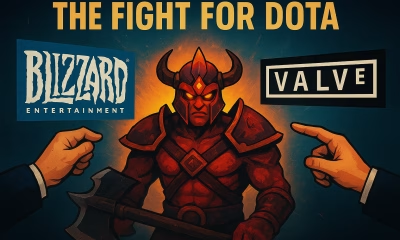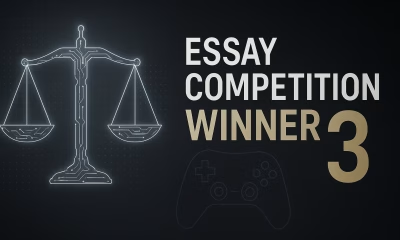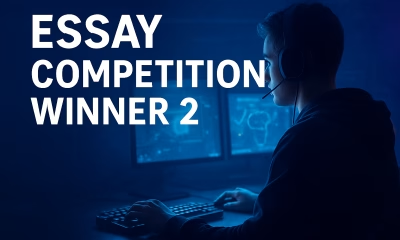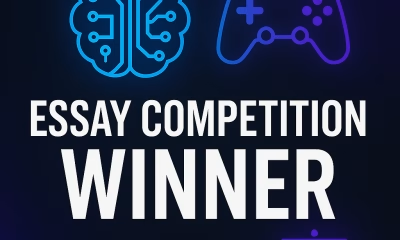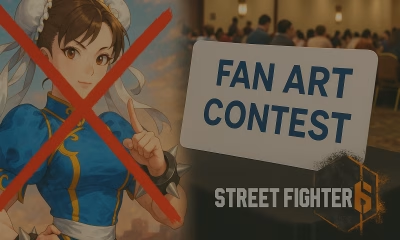General
The Complex Landscape of Esports: Addressing Harassment and Initiatives for Change
Explore the thriving landscape of collegiate esports in the United States, delving into the significant investments, scholarships, and competitive teams emerging on campuses nationwide. Uncover the stark gender disparities and issues of harassment prevalent in the gaming community, shedding light on the urgent need for inclusive and safe gaming spaces.

The Growth of Esports in U.S. Colleges
Colleges and universities in the United States are investing heavily in esports by offering gaming scholarships, forming competitive esports teams, and creating dedicated gaming arenas on campus. This trend has gained momentum, with 250 institutions proudly showcasing robust varsity collegiate esports programs and an additional 900 schools providing some level of engagement in esports. However, amidst this growing enthusiasm for gaming, there is a gap in addressing the pressing issues of sexual cyberviolence, harassment, and technology-enabled abuse that unfortunately occur within the electronic gaming community.
The rapid expansion of gaming during the pandemic has been presented as a way to connect socially distant students to campus life and foster connections. Nevertheless, a harsh reality lies beneath the surface of this inclusive gaming culture. Despite video games being popular among 97 percent of U.S. Teenagers, scholastic-based esports predominantly attract males. They do make up the majority in terms of participation. They also receive most of the esports scholarships available. The difference is quite noticeable, considering that women comprise more than half of all college graduates. However, in the world of gaming, they are often seen as a niche market rather than being given equal opportunities.
The Dark Side of Collegiate Gaming
A more profound look into the gaming community reveals a treatment pattern, especially towards women. Research shows that gaming stands out as a community regarding how women are treated. The statistics are alarming, with 70 percent of gamers choosing to hide their gender to avoid online harassment. Additionally, one out of every five gamers ultimately gives up on gaming due to the abuse they face.
Ironically, gaming involves teamwork and building relationships. Its surroundings are filled with hostility, misogyny, and racist attacks. Women, along with people of color, LGBTQ individuals, and those who don’t conform to gender norms, become targets for harassment within these settings. Popular esports games and scholarship providers like League of Legends have gained notoriety for fostering player communities that perpetuate behavior.
Instances of violence and reports about sexual assaults in virtual worlds have cast a dark cloud over the entire gaming landscape. In situations where sexual violence is not explicitly woven into the storyline of a game, some players engage in acts that violate others sexually. They often expect these experiences to be dismissed as jokes or part of the gaming experience rather than acknowledging the actual harm caused.
Moreover, when gender, race, or ethnicity cues are exposed during gaming sessions, we can see the intersectionality of issues within the gaming community. Those who don’t fit the white male identity often face levels of harassment. Women of color frequently report enduring torrents of gendered hatred and slurs when using their voices in games. On the other hand, men of color navigate racism by employing strategies like silence and emotional desensitization.
Title IX and the Imperative for a Safer Gaming Environment
Title IX mandates schools to prevent and address harassment and violence, even extending its reach to esports. The U.S. Supreme Court’s 1999 ruling in Davis v. Monroe County Board of Education recognized student-on-student harassment as a form of sex-based discrimination under Title IX. Furthermore, the 2011 Kowalski v. Berkeley County Schools decision upheld the school administrator’s authority to address bullying and sexual harassment regardless of the setting.
Gaming has challenges due to instant communication, rapid escalation, and anonymity. Both schools and students have a responsibility to promote cultures within gaming and confront these problems actively. Thankfully, research shows that educational campaigns and raising awareness about victim’s experiences of harassment and its adverse effects can effectively reduce behavior.
As esports continues to grow in popularity within institutions, we must acknowledge and tackle the other side of gaming, the prevalence of sexual cyber violence, harassment, and abuse enabled by technology. It’s not about providing scholarships or team positions for non-male players; it requires an effort to create an inclusive, safe, and fair gaming environment for everyone.
Movistar’s #MiJuegoMiNombre Campaign Addresses Sexist Harassment
In response to the problem of sexist harassment in esports, the Spanish company Movistar has launched the #MiJuegoMiNombre campaign. The objective of this initiative is to report and combat the harassment that women face in the field of video games. Movistar had already presented this campaign in 2019 and, after four years, is evaluating the progress made.
As part of the campaign, an event included a round table where participants shared their experiences. In a context marked by unfortunate incidents in the industry and coinciding with the International Day for the Elimination of Violence against Women, the need for initiatives that seek to create a healthier environment for players is evident.
This campaign has the collaboration of professional players and renowned content creators in the industry, such as Jen Herranz, Gemita, Mery Soldier, Leviathan, Laurita Chicle, and Sugus Susana. These personalities share their experiences of the negative aspects of multiplayer games, thus helping to raise awareness and promote a more respectful and safe gaming environment.
image by:DCStudio


